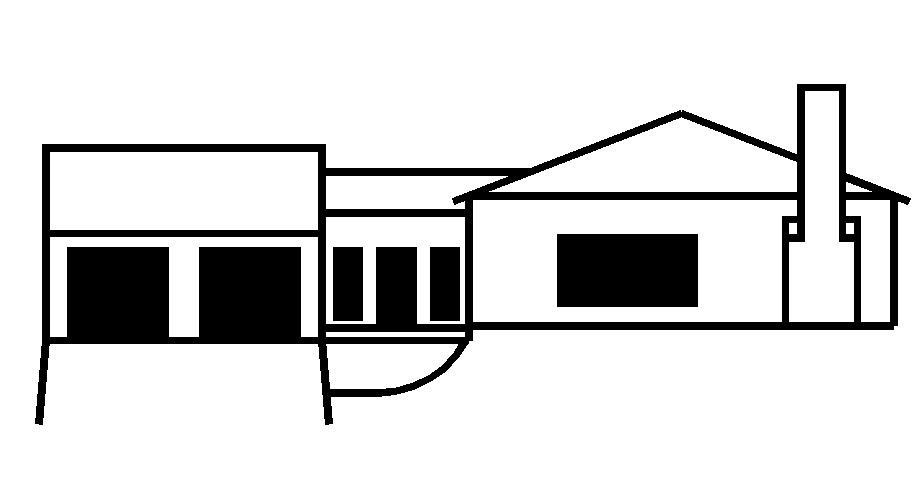
A Connecticut
Home Inspection Company
Since 2003
Have it inspected because you don't know what you're missing!
If you are buying a home, a home inspection will make you aware of any potential deficiencies that will help you avoid any serious expenses and/or maintenance. It can also help you with the final negotiations for the purchase of the home.
If you are thinking about selling your current home, a pre-marketing home inspection can provide you with an evaluation of the condition of your home before it is put on the market. It will make you aware of any potential deficiencies that might prevent you from selling your home. It will give the opportunity to making any needed repairs and will maximize the sales appeal of your home.
If you are a homeowner annually home inspection on your home can help you detect problems early, before they get worse and become costly. It can also give you time to prepare financially for major items that need to be addressed.
What is a home inspection?
A home inspection will educate you about the home you are considering. This inspection will provide a generalist’s view of the home. This is done by performing a visual inspection of the readily accessible portions of the home and property. I will inspect all the normal operating devices designed for use by the homeowner on a day-to-day basis. The home inspection does not include invasive procedures such as pulling up wall-to-wall carpeting, removing paneling, etc. Shortly after the inspection, I will prepare a written report (40+ page report) of the findings for you, the customer.
I use the “Standard of Care for the Home Inspection Profession” by the “Home Inspection Institute of America, Inc” They meet and exceed the State of Connecticut Home Inspection Standards of Practice.
Click here for client's testimonials
Click here for prices.
Ask for a quote here.
What is covered in a typical home inspection
1. Roof and Ventilation. flashing, gutter, whole house fans, etc.
2. Attic
3. Insulation
4. Fireplace and/or wood stoves and chimneys
5. Kitchen
6. General Interior such as ceiling, walls, floors, stairs, etc.
7. Common Safety Devices. Ground Fault Circuit Interrupters (GFCI), smoke and carbon monoxide detectors, etc
8. Central Cooling
9. Heating system
10. Plumbing
11. Electrical
12. Laundry
13. Basement. Any visible and readily accessible components:
-
Wall, floors
-
Ceiling joist and support system
-
Water penetrations both from exterior and interior (such as bathroom or kitchen leaks)
-
Floor drainage if any
-
Sump pumps if any
14. Exterior items such as siding, doors and windows, trees and shrubs, retaining walls, fences, etc.
15. Grounds, such as driveways, sidewalks, patio, decks, fences, retaining walls, grades, etc.
16. Garage / Carport



